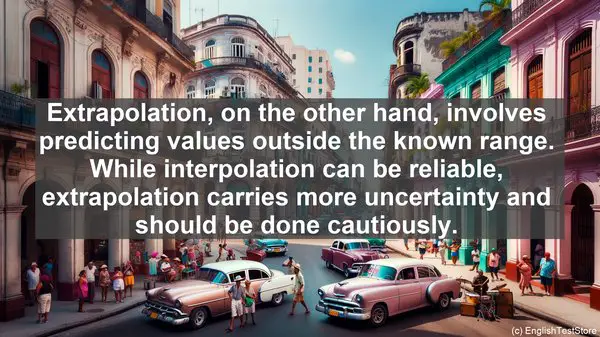Introduction
Welcome to our precision agriculture class. Today, we’ll be discussing a topic that often leads to confusion – words. Specifically, the commonly confused words in precision agriculture. Let’s dive in!
1. Accuracy vs. Precision
These two terms are often used interchangeably, but they have distinct meanings. Accuracy refers to how close a measurement is to the true value, while precision refers to the consistency and reproducibility of a measurement. In precision agriculture, both are crucial. You can have precise measurements, but if they’re not accurate, the resulting decisions may be flawed.
2. Yield vs. Productivity
Yield and productivity are related but not the same. Yield refers to the amount of a crop produced per unit area, while productivity encompasses the efficiency of the entire system. For example, you can have a high yield, but if it requires excessive resources, the productivity may be low. Precision agriculture aims to optimize both yield and productivity.
3. Sensor vs. Actuator
Sensors and actuators are integral to precision agriculture systems. A sensor measures a physical or environmental parameter, such as soil moisture, while an actuator is a device that performs an action, like adjusting irrigation. Sensors provide the data, and actuators act upon it, creating a closed-loop system for real-time decision-making.
4. GIS vs. GPS
GIS and GPS are often used together in precision agriculture. GIS, or Geographic Information System, is a software that analyzes, manages, and visualizes spatial data. GPS, or Global Positioning System, is the satellite-based navigation system that provides location information. In simple terms, GPS tells you where you are, while GIS helps you understand and analyze what’s happening at that location.
5. Variable Rate vs. Uniform Rate
When applying inputs like fertilizers or pesticides, precision agriculture allows for variable rate application. This means applying different amounts based on the specific needs of each area, rather than a uniform rate across the entire field. By tailoring the application, resources can be used more efficiently, reducing costs and minimizing environmental impact.

6. Interpolation vs. Extrapolation
In precision agriculture, we often work with spatial data. Interpolation is the estimation of values within a known range, based on existing data points. Extrapolation, on the other hand, involves predicting values outside the known range. While interpolation can be reliable, extrapolation carries more uncertainty and should be done cautiously.
7. Remote Sensing vs. Ground Truthing
Remote sensing involves gathering information about an object or area without direct physical contact. In precision agriculture, this is often done using satellites or drones. Ground truthing, on the other hand, involves physically verifying the data on-site. While remote sensing provides a broad overview, ground truthing ensures accuracy and can validate or refine the remote sensing data.
8. Efficacy vs. Efficiency
Efficacy and efficiency are both about achieving desired outcomes, but they focus on different aspects. Efficacy is the ability to produce the desired result, while efficiency is about achieving that result with minimal waste or effort. In precision agriculture, we strive for both – effective solutions that are also efficient in terms of resource utilization.
9. Invasive vs. Non-invasive
When it comes to data collection or interventions in precision agriculture, invasive and non-invasive approaches are considered. Invasive methods involve physically interacting with the system, such as taking soil samples. Non-invasive methods, like remote sensing, gather information without direct physical contact. Non-invasive approaches are often preferred as they minimize disruption to the system.
10. Calibration vs. Validation
Calibration and validation are essential for ensuring the accuracy and reliability of precision agriculture tools. Calibration involves adjusting a measurement device to match a known standard, while validation is the process of assessing the performance of a tool or model against independent data. Both are crucial steps in the quality assurance of precision agriculture systems.

